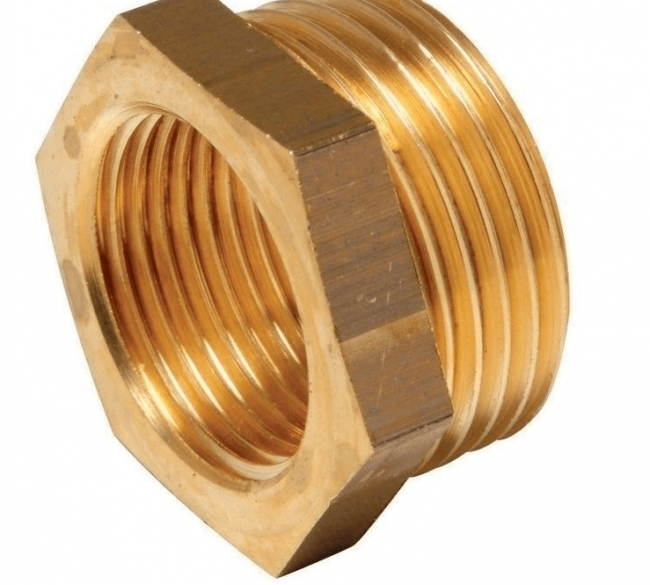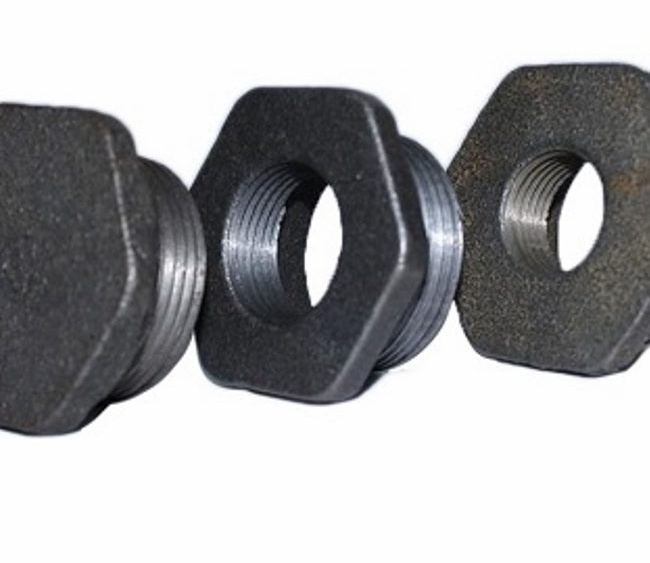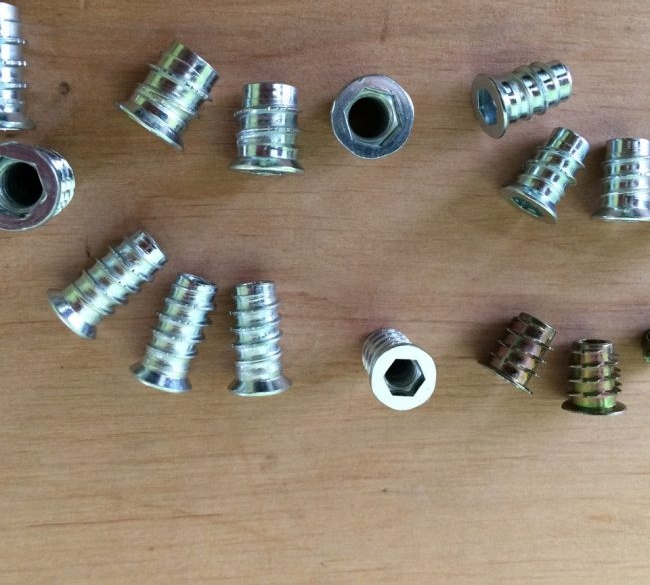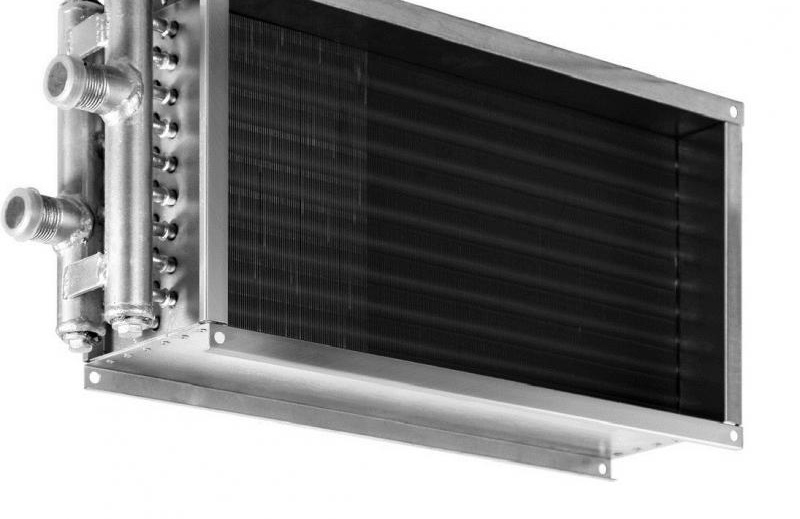Futorki: types and application
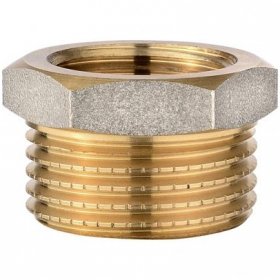
Threaded connections are appreciated because of their maintainability and reusability. They are widely in demand and common in all areas of technology.
Their only drawback is the need to ensure full compliance of the cutting parameters of both parts. To solve this problem, various adapters are used, one of which is a foot.
What is a foot
A foot is one of the varieties of threaded fittings used to connect parts, pipelines or other elements. Outwardly, it looks like a pipe segment or a bolt, along the longitudinal axis of which a hole with a thread is drilled.
The main purpose is to ensure the transition from one thread diameter to another.
Sometimes a hole with a torn thread is drilled to a larger diameter, a new one is cut and a futurka with an inner diameter corresponding to a failed element is installed.
Furniture perform the function of connecting elements for screeds or fittings. In this case, the element is used not as an adapter, but as a nut recessed into the material.
Where apply
They are used in many areas:
- Plumbing. They provide a transition from one thread diameter to another, the connection of pipes of different sizes.
- Furniture manufacture. Used as fasteners for parts or fittings. Furniture cases are not equipped with a hex head for an open-end or open-end wrench, representing a sleeve with external and internal threads. They are installed with a flat screwdriver or a hex key, for which the corresponding sockets are made.
- Technics. They are one of the repair options for worn threads. In particular, they are widely used in auto repair shops for candle repair.
The simplicity and reliability of this fitting was appreciated by consumers, the only limiting circumstance of their use is the absence of certain types or sizes in the immediate vicinity.
Sometimes situations arise when the necessary fitting is not at hand or in stores. Most often these are specific samples used in repair and restoration work. In such cases, it is possible to make a footwork on your own using a ready-made bolt or making a thread on a rod from a suitable metal, drilling a hole along the longitudinal axis and cutting an internal thread of the desired size in it.
Kinds
They may vary in purpose:
- Plumbing. They are divided into the corresponding sizes of cast iron elements, bimetallic or aluminum parts.
- Furniture. There are metal and plastic elements. They are installed in pre-prepared sockets - for example, blind holes of a slightly smaller diameter.The thread is cut by the foot itself during installation, since furniture materials (chipboard or MDF) have a relatively soft structure. Some are equipped with an additional element - a ball bursting the part when screwing the connecting element and tightly fixing the fitting in the socket.
- Repair. They are used in workshops for the repair and restoration of various equipment, including vehicles. There are many types of such parts - from spiral repair inserts to full-fledged ordinary cases. Corresponding repair kits are made for each type of technical device, including recovery elements for the most problematic threaded joints.
The material from which they are made can be very different. It depends on the area of application of the element and the magnitude of the loads that it will experience.
What can be made of:
- cast iron;
- brass;
- galvanized steel;
- aluminum;
- plastic (nylon, polypropylene), etc.
It is not possible to make an exhaustive list of products, as they are often manufactured by individual manufacturers for specific assemblies or parts. Nevertheless, plumbing fittings are manufactured in accordance with technical standards and GOST requirements, so they can be used with sufficient confidence in efficiency and quality.
How to choose the right
The main task in the selection is to accurately determine the dimensions of the external and internal threads (nozzle and nut, in the language of specialists). In addition, it is necessary to determine what type of thread is needed - metric, inch or pipe.
A problem may arise due to the fact that outwardly all the threads practically do not differ from each other, and measurements using a ruler or caliper for an unprepared person do not carry useful information.
The most common thread options and sizes
Plumbing is divided into two broad groups. The first of them is intended for installation in cast-iron plumbing products or pipelines, heating radiators, etc. Their advantages:
- relatively low cost;
- ability to withstand pressure up to 25 Bar and temperature up to 300 ° C;
- the ability to use in difficult conditions, in contact with hot water, steam, oil, etc .;
- the presence of fittings with right and left thread.
The second group is used on aluminum or bimetallic products. As a rule, the material is galvanized steel, resistant to corrosion and other loads. The composition of the footings of the second group has the following characteristics:
- maximum pressure - 16 bar;
- maximum temperature - 110 ° C;
- installation work with a special tool that does not destroy pipelines or radiators;
- the use of a special coating of powder enamel.
Define the necessary parameters will help a special table.
Products for cast-iron elements of the system have greater strength and are capable of experiencing high loads. The elements of the second group are designed for milder conditions, which must be considered when choosing a suitable fitting.
When buying, you should carefully inspect the product, trying not to miss the mechanical damage, cracks or other surface defects. The best option would be testing - test connection them to elements with a suitable thread. It should be made easily, without stress and over the entire length of the thread. Otherwise, use a different sample or type of fitting.
Using this fastener allows you to solve many problems without the use of welding or complex technical devices.The acquisition and installation are quite accessible even to an unprepared person, the main condition is the correct selection of the element by thread and size. If no errors are made, the installed fitting can serve for many years without causing any trouble to the owner.
